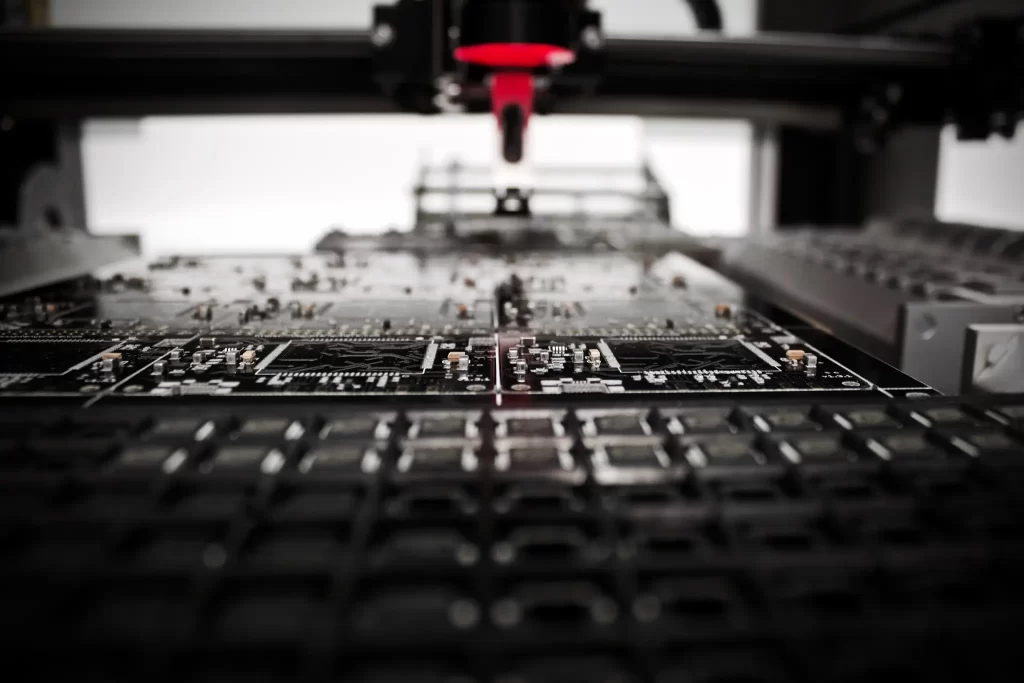How to Mitigate Risk When We Hit a Disaster Like COVID-19 by Sourcing LED Modules Locally?

We are in unprecedented times of a pandemic that is affecting the global community, at a scale we have never seen before. Financial ramifications of the coronavirus, COVID-19, are taking hold at the world’s largest LED lighting companies. As number two Osram said, it will not hit its 2020 targets, and industry leader Signify notified OEM customers that the “force majeure” is prompting price increases (Halper, LED Magazine).
As Morris Cohen, the professor of Operations, Information and Decisions at Wharton states, “This is an unprecedented type of disruption. I don’t think we’ve ever seen anything quite like this”, which is resulting in the following:
– Prices of many products are going up for consumers even if laws exist against price-gouging.
– Constrained supplies are causing declines in demand, which in turn may end up weakening prices.
What does that mean for you and your business? With uncertainty of its duration and its effect on every industry, including the LED lighting industry, our intention is to help our new and old customers with services and expertise from our 30 years in business, and find solutions during these trying times.
Since many firms in the LED lighting business outsource their parts and supply chain out of the US, particularly China, it is important for us to help our industry mitigate risks during the coronavirus time and its inevitable long-standing effects. According to Senthil Veeraraghavan, Wharton professor of Operations and Information Management, here are actions your company can take to mitigate risk and stabilize your supply chain:
– Enlisting new suppliers
– Boosting inventories
– Investing in omnichannel distribution that includes online sales (according to a McKinsey report on the implications of the pandemic for businesses)
Veeraraghavan emphasizes that, “it is a prudent idea for companies to invest in the resilience of their supply chains — and this has become more important than ever before”.
At this time, businesses need to revisit their strategies on sourcing raw materials, sub-assemblies or finished products. The past in which our industry focused on obtaining the cheapest parts is no more, especially when the unreliability and instability of the global economies and policies can affect the products, projects, and profit we have to meet under tight deadlines.
Over the past two decades, the concept of supply diversification has focused on continually driving down costs, said Veeraraghavan. Companies such as General Motors, which have sizable demand for their products in both the U.S. and China, benefit from locating production capacities in both countries to be close to their customers, he noted. Consistent with that strategy, it would benefit U.S. businesses to have “some amount of supply capability” that they can ramp up to deal with the outcome of a pandemic like coronavirus.
Businesses that depend on global sourcing are facing hard choices in crisis management amid the supply chain disruptions. But in planning to mitigate the risks of similar disruptions in the future, they confront questions such as: Should we broaden our supplier choices, or do more local or near-shore sourcing? How much inventory of raw materials, sub-assemblies and finished products should we stock to tide over the crisis?
Mitigating risk by adding new suppliers is not an easy solution, though. “There will be more pressure [on businesses] to make those investments and perhaps absorb a higher cost of sourcing things so that they have a higher insurance against these disruptions,” said Cohen. “It comes at a price. If you want to mitigate risk and absorb uncertainty, you have to make investments and pay a price.” (Cohen, Wharton School of Business)
Investment in supply chain reaction mitigation is extremely advantageous. Businesses that have already invested in supply chain risk mitigation will be able to bounce back faster than others. “The reason that companies maintain these networks of locations around the world and have multiple factories and multiple suppliers is precisely to respond as events occur by shifting production and shifting sourcing,” said Cohen. Redundancy is built into that diversified supplier base, which enables a quicker rebound, he added. “This is like buying a real financial option, and you either exercise that option or not.”
Also, with what’s going on politically, Trump and senators have put together a bill to be yet passed to use two trillion dollars for distribution to businesses Coronavirus has affected (Pramuk, CNN).
“In the current situation, in order to overcome capacity shortages, more capital is needed for production planning and equipment delivery, Veeraraghavan said. The transportation industry, for instance, will need that additional capital as it faces both supply and demand constraints, he pointed out. “I’m not sure every company that’s facing a crisis right now has enough capital to last them for the next few months. I do see governments having to play a role [here] at some point, for sure.”
WCI (World Class Illumination) makes our LED module boards in the US, which makes it a dependable and local vendor during our current trying times. Strengthening business relationships in the US can contribute to less risks of supply chain disruption in the future, and reduce the supply chain shocks with support that is worth the investment.
Reach out to us if your company needs support during this time.
Email: sales@wcico.com
Phone number: (805) 499- 9513
Website: https://www.wcico.com/